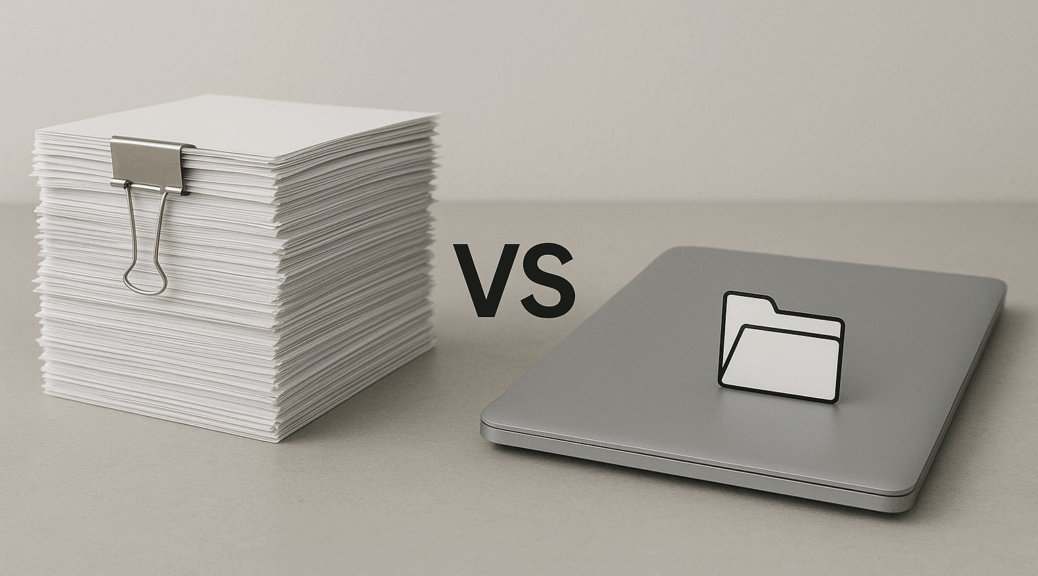Every organization today handles thousands of digital files — from contracts and invoices to investor reports and compliance records. While document management tools have become standard for storing and organizing data, they often fall short when it comes to handling confidential, high-stakes information. This is where Virtual Data Rooms (VDRs) come in. According to https://dataroomreviews.org/, businesses across industries are increasingly shifting from general file-sharing platforms to specialized VDR solutions designed for security, compliance, and collaboration at scale.
Understanding the difference between DMS and VDRs
At first glance, a document management system (DMS) and a Virtual Data Room may seem similar — both allow users to upload, organize, and share digital documents. However, the difference lies in their purpose and level of protection.
-
Document Management Systems (DMS):
Designed for everyday workflows. They focus on convenience, collaboration, and accessibility across teams. Tools like Google Drive, Zoho WorkDrive, or SharePoint help manage internal files efficiently but offer limited security configurations. -
Virtual Data Rooms (VDR):
Built for high-security, high-stakes transactions such as mergers, fundraising, audits, and legal reviews. They emphasize granular permissions, encryption, and audit trails — essential for industries that handle sensitive or regulated data.
In essence, while a DMS helps teams collaborate internally, a VDR ensures that external sharing and due diligence processes remain fully secure and traceable.
When document management tools reach their limits
For small teams and routine operations, a DMS works perfectly. But as organizations grow and data becomes more sensitive, these systems start to show weaknesses:
-
Limited control over who accesses files and what they can do with them.
-
Lack of comprehensive audit logs for compliance verification.
-
High risk of accidental data sharing or version conflicts.
-
Minimal protection against insider threats or external breaches.
When businesses reach this point, upgrading to a Virtual Data Room becomes not just beneficial — but necessary. VDRs offer a controlled environment where every file is encrypted, every access is logged, and every stakeholder’s actions are traceable.
Why Virtual Data Rooms outperform DMS in critical operations
Virtual Data Rooms are designed for moments when information governance matters most. Their architecture supports complex collaboration across departments, partners, and investors, all while maintaining strict control.
Here’s how VDRs excel over standard document management tools:
-
Comprehensive security protocols — including dynamic watermarks and two-factor authentication.
-
Custom user permissions — limit who can view, download, or print documents.
-
Integrated Q&A modules — streamline communication during due diligence.
-
Detailed analytics — show which documents attract the most attention, helping prioritize follow-up actions.
-
Compliance-ready frameworks — ensure alignment with GDPR, HIPAA, or ISO 27001 standards.
This combination of protection, transparency, and insight makes VDRs the preferred choice for organizations managing strategic or regulated data.
Cybersecurity Ventures projects that by 2025, global cybercrime costs will reach $10.5 trillion annually, further reinforcing why advanced data management solutions with layered security — such as VDRs — are becoming essential.
Choosing the right solution for your business context
Selecting between a DMS and a VDR depends on the nature of your work and sensitivity of your data. If your daily operations involve internal collaboration with limited external exposure, a DMS is likely sufficient. However, if your business deals with investors, legal partners, or external auditors, a VDR is the safer, more professional choice.
For many companies, the optimal setup includes both:
-
Use a DMS for everyday document collaboration and versioning.
-
Use a VDR for deals, audits, and confidential exchanges where visibility and security are paramount.
Combining the two provides flexibility without compromising on data protection.
Building a smarter, safer document ecosystem
The modern enterprise cannot afford to treat all data the same. While document management systems are ideal for daily workflows, Virtual Data Rooms deliver the security, compliance, and control required for critical business processes.
By investing in a VDR, organizations gain a trusted digital environment that protects sensitive documents, streamlines communication, and builds stakeholder confidence. In the competition between DMS and VDRs, the real winner is the business that knows when to use each strategically — balancing efficiency with uncompromising data security.

